Sigh
hallerlake
13 years ago
Related Stories
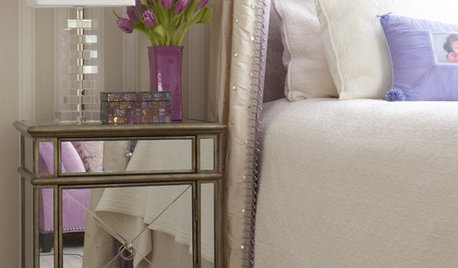
BEDROOMS9 Dreamy, Feminine Bedrooms Full of Softness
Curl up with these photos to gather ideas for a bedroom rich with romance and as soft as a sigh
Full Story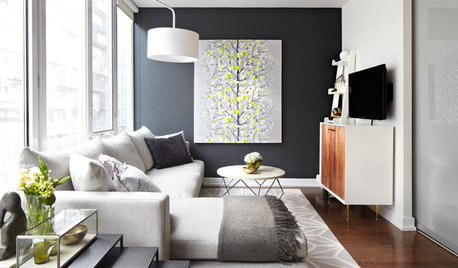
BUDGET DECORATING9 Ways to Make Dreamworthy Rooms — in a Weekend
Don't just sigh and shut the door. With a small change or two, you can create designer-style rooms that you'll love spending time in
Full Story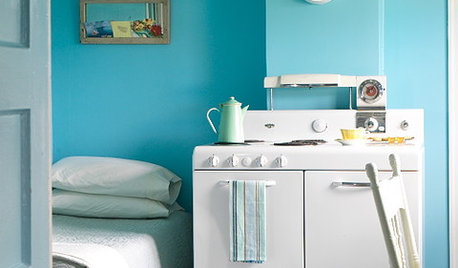
TURQUOISERobin's Egg Blue — Oh, What a Hue!
Breathtaking in its brightness or as soft as a sigh, robin's egg blue will make any room in your home soar
Full Story
KITCHEN DESIGNThe Cure for Houzz Envy: Kitchen Touches Anyone Can Do
Take your kitchen up a notch even if it will never reach top-of-the-line, with these cheap and easy decorating ideas
Full Story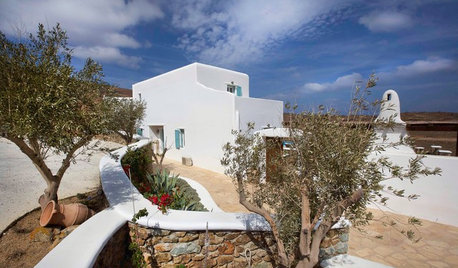
HOUZZ TOURSHouzz Tour: Cycladic Villa in Mykonos, Greece
Breathtaking bay views, endless blue skies and a relaxed, open atmosphere welcome visitors to this serene Greek retreat
Full Story
GARDENING AND LANDSCAPINGRoom of the Week: The Ultimate Breakfast Patio
An Italian designer makes the most of a seaside villa's incredible views
Full Story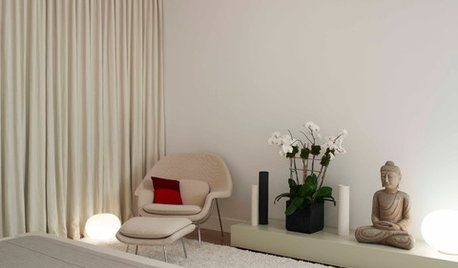
BEDROOMS10 Zen-Conjuring Bedrooms That Encourage Calm
Slumber in serenity with simplicity-celebrating bedroom ideas borrowed from the Japanese
Full Story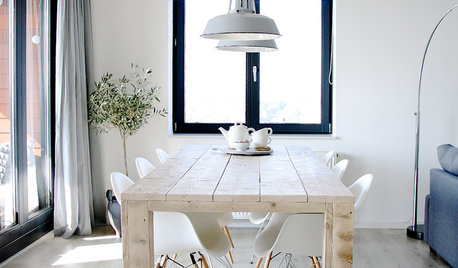
FEEL-GOOD HOME10 Ways to Have a Haven in the City
Escape urban stress by decorating with soothing colors, soundproof layers and other touches that relax and recharge
Full Story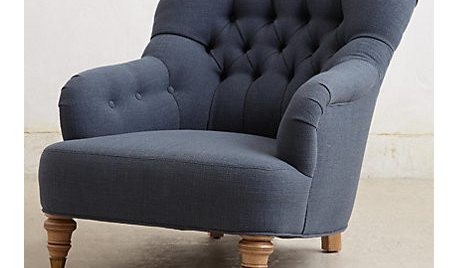
Guest Picks: Set Up a Comfy Reading Corner
With a snug chair, good lighting and other cozy niceties, you may never want the story to end
Full StoryMore Discussions






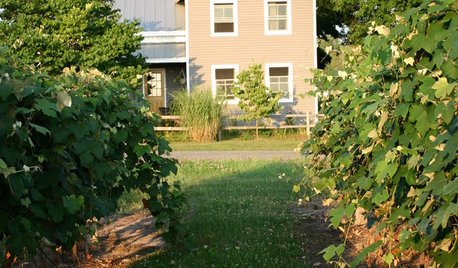



reg_pnw7
hallerlakeOriginal Author
Related Professionals
Hyattsville Landscape Architects & Landscape Designers · River Forest Landscape Architects & Landscape Designers · Middletown Landscape Contractors · Anderson Landscape Contractors · Chelmsford Landscape Contractors · Corona Landscape Contractors · La Mirada Landscape Contractors · Long Beach Landscape Contractors · Matteson Landscape Contractors · San Antonio Landscape Contractors · Seymour Landscape Contractors · West Chicago Landscape Contractors · Baileys Crossroads Landscape Contractors · Manassas Fence Contractors · Provo Fence ContractorsEmbothrium
hallerlakeOriginal Author
botann
Embothrium
hallerlakeOriginal Author
Embothrium
hallerlakeOriginal Author